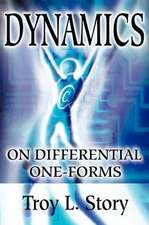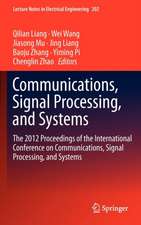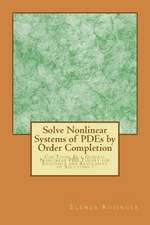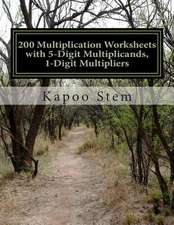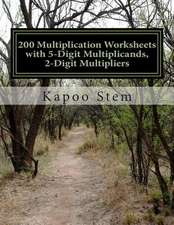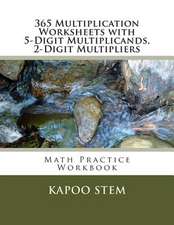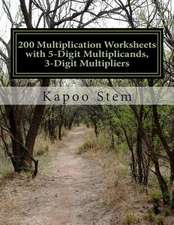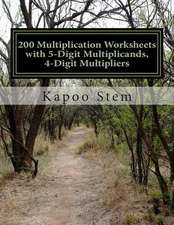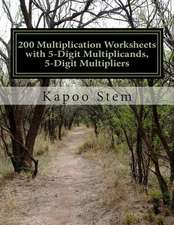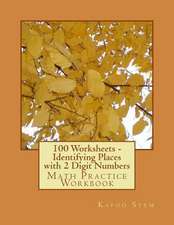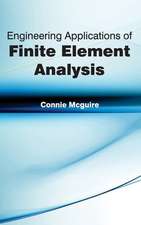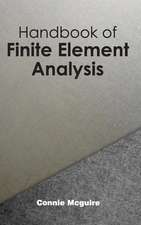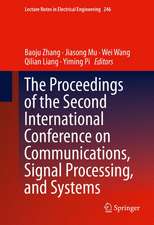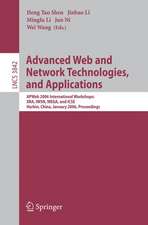Effective Dynamics of Stochastic Partial Differential Equations
Autor Jinqiao Duan, Wei Wangen Limba Engleză Hardback – 26 feb 2014
The authors’ experience both as researchers and teachers enable them to convert current research on extracting effective dynamics of stochastic partial differential equations into concise and comprehensive chapters. The book helps readers by providing an accessible introduction to probability tools in Hilbert space and basics of stochastic partial differential equations. Each chapter also includes exercises and problems to enhance comprehension.
- New techniques for extracting effective dynamics of infinite dimensional dynamical systems under uncertainty
- Accessible introduction to probability tools in Hilbert space and basics of stochastic partial differential equations
- Solutions or hints to all Exercises
Preț: 413.61 lei
Preț vechi: 531.81 lei
-22% Nou
Puncte Express: 620
Preț estimativ în valută:
79.16€ • 85.45$ • 66.38£
79.16€ • 85.45$ • 66.38£
Carte tipărită la comandă
Livrare economică 12-26 aprilie
Preluare comenzi: 021 569.72.76
Specificații
ISBN-13: 9780128008829
ISBN-10: 0128008822
Pagini: 282
Ilustrații: black & white illustrations
Dimensiuni: 152 x 229 x 18 mm
Greutate: 0.55 kg
Ediția:New.
Editura: ELSEVIER SCIENCE
ISBN-10: 0128008822
Pagini: 282
Ilustrații: black & white illustrations
Dimensiuni: 152 x 229 x 18 mm
Greutate: 0.55 kg
Ediția:New.
Editura: ELSEVIER SCIENCE
Public țintă
Students in applied mathematics and professionals in the sciences and engineering community need to deal with stochastic modelsCuprins
1. Introduction2. Deterministic Partial Differential Equations3. Stochastic Tools in Hilbert Space4. Stochastic Partial Differential Equations 5. Stochastic Averaging Principles6. Slow Manifold Reduction7. Stochastic Homogenization
Recenzii
"Graduate students as well as researchers who have a solid background in SPDEs and are interested in undertaking research in the direction of averaging or homogenization of SPDEs can start their adventure and journey from the book…" --MathSciNet

